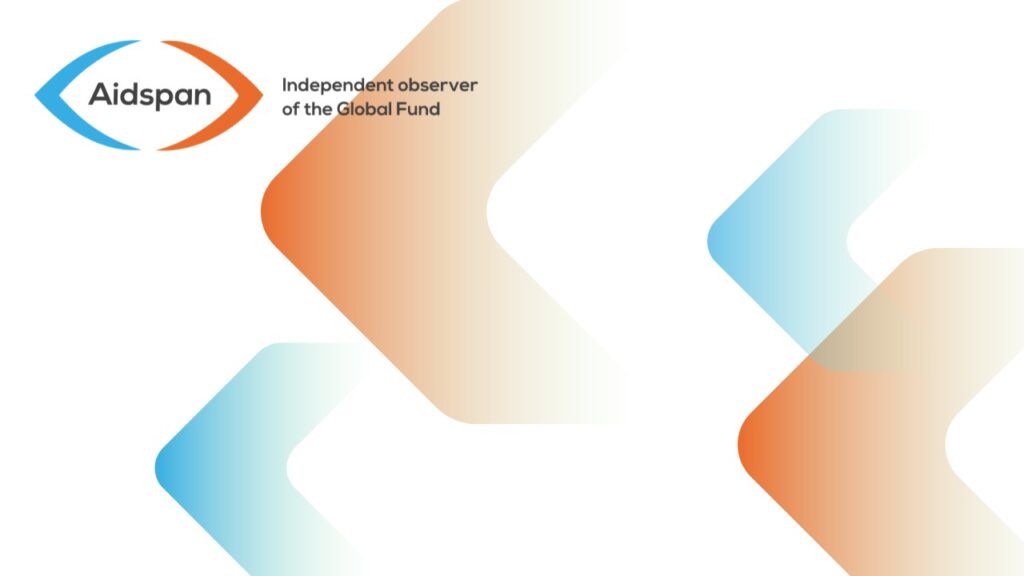
FUND RELEASES NEW FORECASTS OF FINANCIAL NEEDS
Author:
Download PDF In a new report “The Resource Needs of the Global Fund 2005-2007”, prepared for the Stockholm meeting and available at www.theglobalfund.org/en/about/replenishment, the Fund has calculated its future needs using two independent methods. The first method, known informally as the “bottom-up” method, is the primary demand-forecasting mechanism that the Fund uses. It calculates the need based on when future Rounds…
Article Type:Article Number:
ABSTRACT The Fund, whose average revenue during each of the past three years was just over $1 billion, forecasts that its total needs for 2005, 2006 and 2007 will be $2.2 b., $3.6 b. and $3.7 b., respectively.
In a new report “The Resource Needs of the Global Fund 2005-2007”, prepared for the Stockholm meeting and available at www.theglobalfund.org/en/about/replenishment, the Fund has calculated its future needs using two independent methods.
The first method, known informally as the “bottom-up” method, is the primary demand-forecasting mechanism that the Fund uses. It calculates the need based on when future Rounds of grants are expected to be approved, and how much it is expected to cost to pay for successful proposals in those rounds.
As of 23 February 2005, this leads to the following. It is worth noting that although the amount of money promised thus far for 2005 ($1.3 billion) is close to the largest amount raised in any past year, it is only enough to pay for grant renewals this year. Any new grants to be approved in Round 5 will have to paid out of 2005 pledges not yet received.
Table 1: Global Fund Revenue and Needs, by Year
| 2001-2 | 2003 | 2004 | 2005 | 2006 | 2007 | |
| Future needs: | ||||||
| New grant proposals (Phase 1) | $1.0 b. | $1.1 b. | $2.6 b. | |||
| Renewal of grants (Phase 2) | $1.3 b. | $2.4 b. | $1.0 b. | |||
| Adjustments | -$0.1 b. | $0.1 b. | $0.1 b. | |||
| Thus, total contributions needed | $2.2 b. | $3.6 b. | $3.7 b. | |||
| Contributions/Pledges | $1.0 b. | $0.9 b. | $1.4 b. | $1.3 b. | $0.7 b. | $0.4 b. |
| Thus, additional pledges needed | $0.9 b. | $2.9 b. | $3.3 b. |
The table is based on the assumptions that (a) Round 5 grants will be approved in 2005, Round 6 in 2006 and Rounds 7 & 8 in 2007, and (b) the total value of grants approved for Phase I of each round (the initial two years) will be $1.0 billion for Round 5, $1.1 billion for Round 6 and $1.3 billion for each of Rounds 7 & 8.
The second demand-forecasting method used by the Fund, known informally as the “top-down” method, calculates global need, and then computes what share of this should be provided by the Fund. This serves primarily as a reality check on the first method.
Using this method, the Fund records that according to WHO, UNAIDS, and the Roll Back Malaria and Stop TB Partnerships, the estimated global needs in 2007 for tackling the three diseases are $19.4 billion, of which $4.5 billion will be covered out of domestic expenditures, leaving $14.9 billion to be provided by international funding sources.
Table 2: Estimated Costs for 2007 for the Three Diseases
| Malaria | TB | HIV | Total | |
| Resource needs | $2.9 b. | $2.0 b. | $14.5 b. | $19.4 b. |
| Total domestic expenditure | $0.3 b. | $1.2 b. | $3.0 b. | $4.5 b. |
| Total international share | $2.6 b. | $0.8 b. | $11.5 b. | $14.9 b. |
For 2006, the number in the bottom right corner is $13.4 b.
The Fund then calculates that currently, the portion that it is providing of the “total international share” is 45% for malaria, 66% for tuberculosis and 20% for HIV/AIDS. Applying these shares to the bottom line in the above table leads to Global Fund resource needs of $3.6 billion in 2006 and $4.0 billion in 2007.
Thus, the two methods end up with very similar predictions regarding Global Fund needs.
